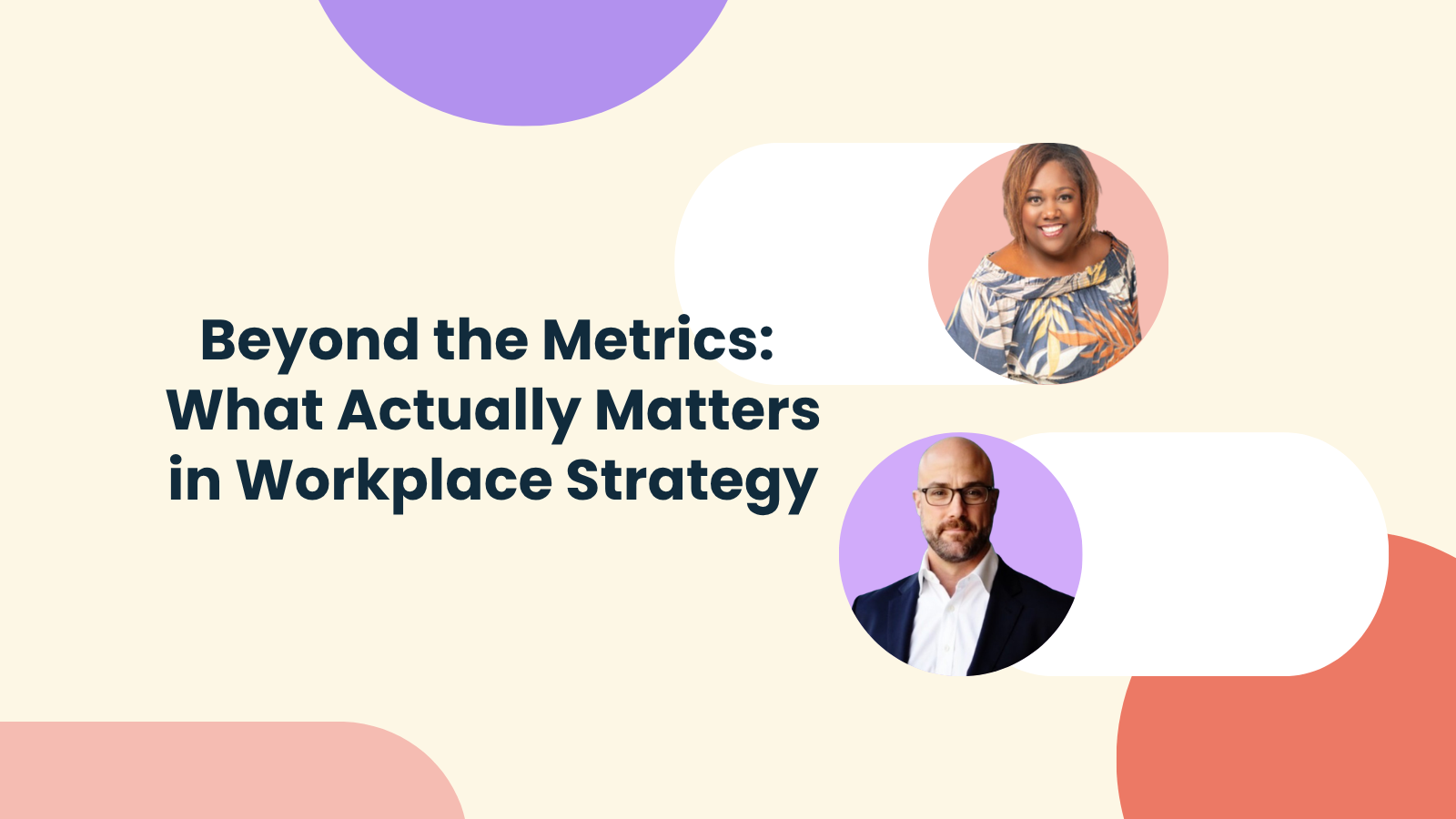As an HR professional in a company that has embraced hybrid work and built a distributed team, you have a plate full of challenges. You must:
- Ensure your company culture can be adopted and maintained across numerous locations
- Build a healthy culture where employees will gladly stick around for years
- Manage budgets and ensure your workforce management strategy is cost-effective
- Leverage technology in the most effective way possible so that you can focus on core HR tasks instead of repetitive admin stuff
There is a single solution that can help you execute all your HR functions with success: a Human Resource Management System (HRMS). In this article, we’re sharing 9 ways in which HRMS software can help you create an optimal hybrid work environment for your team.
What is an HRMS, and why should you invest in one?
An HRMS is a software application that enables organizations to manage their employee data and processes more efficiently through a single, centralized database by allowing automation for many HR functions, such as:
- Recruitment and onboarding
- Payroll and employee benefits
- Performance evaluation
- Time and attendance tracking
- Organizational charts
- Compliance documentation management
HRMS solutions can also integrate with other business systems like accounting, enterprise resource planning (ERP) software, online job boards, and more. Every modern business today can benefit from using an HRMS system: implementing it is like adding another person to your help desk staff. It allows you to:
- Streamline and speed up HR processes
- Reduce administrative workload
- Consolidate your payroll process for the entire workforce
- Make data-driven decisions about your team
- Ensures compliance with labor laws and regulations
- Enhance communication between HR your HR department and other employees
- Gain insight into your workforce data in real-time
- Provide a better, equitable employee experience
Hybrid teams can leverage an HRMS for workplace management tasks. Learn how you can integrate your HRMS system with Gable.
HRMS vs. HRIS. vs. HCM - what’s the difference?
We’ve defined an HRMS, but you might have heard that people use these terms interchangeably. What’s the difference between an HRMS and the two other systems?
An HRIS (Human Resource Information System) is usually the least complex solution of all three. It handles core, operational HR tasks and requires integrations for functions like performance or learning management. An HCM (Human Capital Management) offers everything an HRIS and an HRMS do and more. It’s a broader concept covering all aspects of managing an organization’s workforce, including strategic planning. HCM is more focused on the overall management and development of the organization’s human capital.
Manage employee data securely and in one place
Managing a hybrid workforce is a task complex enough, even when you don’t have your employee data scattered around different spreadsheets that you have to update manually. As your company grows, you’ll be dealing with multiple teams, countries, compliance regulations, offices, or flexible workspaces, which may slow down your HR team, lead to data loss and corruption, and prevent you from getting enough visibility into your workforce. An HRMS allows you to store, organize, and manage all this data in one secured platform and skip the repetitive work, streamlining HR processes, eliminating human errors, and gaining insight into employee data through tracking HR metrics.
Manage the hybrid workplace
With the meteoric rise of hybrid work, HR, Workplace, and People Operations managers face the unique challenges of providing workspaces for distributed workforces, scaling them up, and down when needed, and monitoring their usage.
On top of that, measuring whether employees are more productive and satisfied in these spaces can be cumbersome if you rely on old-fashioned methods. Luckily, some teams are using integrated platforms like Gable that enable providing and scaling workspaces and managing their hybrid workforce from one single location.
Track time and attendance for your team
Tracking attendance is one of the first workforce management processes that's been automated. Using a proven process, combined with high-quality software, helps companies establish attendance patterns and react to any change caused by planned or unplanned leaves or absences, as well as planning workspace utilization in hybrid teams.
In addition, analyzing collected data makes it easier for organizations to define payroll ranges and determine why some employees are often absent or late. This can further inform your employee engagement and wellness strategies: you can analyze the data to learn if the workers have overwhelming workloads, feel too stressed or disengaged at work, and more.
Use payroll functions and benefits administration features
Instead of manual payroll calculations and benefits tracking in a spreadsheet, you can also use an HRMS to run error-free payroll processes for your distributed team. Given that each country has its own mandatory benefits, salary requirements, tax forms, and deadlines, processing payroll manually for a team coming from multiple countries is virtually impossible. Such a process would be prone to errors, and you’d be risking financial and legal consequences.
An HRMS allows you to automate calculations and tax filing, set up alerts, choose among different currencies, and offer several withdrawal methods to your team, improving their employee experience along the way.
Recruit and onboard more efficiently with talent management options
Building hybrid teams, often in multiple countries or cities, also means an increased number of job applicants, more resumes to go through, and, in general, more work for HR professionals. HRMS automation can help recruiters, talent acquisition specialists, and onboarding managers complete their tasks more efficiently and in a more engaging way, which directly affects employee retention rates. If you use remote workforce management software for streamlining onboarding, you can keep workflow descriptions, documented processes, templates, essential resources, contacts, and more all in one place so your new employees can find their way around the new virtual workplace successfully in no time. You can also easily track job applicants, automate job ad posting, screen resumes, set up automated welcome emails and training enrollment, order and track equipment for new hires, and provide access to co-working spaces.
Read our People Ops Guide to Managing a Distributed Workforce.
Evaluate employee performance with performance management features
Many HRMS systems offer features for sharing feedback on employee performance. This way, you can simplify performance evaluation cycles and allow easier tracking and storing of feedback for future use, keeping the feedback confidential and anonymous to encourage honesty and openness.
Through an HRMS, you can manage performance from A to Z: set and track goals, provide a space for managers and employees to exchange feedback, prepare performance review templates, write performance reviews, schedule meetings to discuss it, and more.
Finally, it’s easier to implement 360-degree feedback by collecting feedback from multiple sources, including managers, peers, and subordinates, to provide a more comprehensive view of employee performance and help in identifying blind spots that may not be apparent to the manager.
Support employee development with learning management tools
An HRMS that offers learning management tools can help support employee development by providing access to a variety of training programs and resources, creating personalized learning plans, tracking training progress, and providing feedback and evaluations. This can help employees develop the skills and competencies they need to advance their careers. For example, you can provide a course catalog to your team, specifying if the training is done on-site or online.
Your HR management can create a number of learning plans that outline the training and development activities that employees need to undertake to contribute to the company's success. Great HRMS software also helps you keep training records, including courses completed and certifications earned, and create interactive learning programs that boost employee engagement, such as videos, quizzes, and interactive content.
Leverage employee self-service options for a better user experience
An HRMS can significantly enhance the employee experience by empowering employees with a certain degree of autonomy. Letting your team access and manage their personal information, view payslips, request time off, and update their contact information also speeds up your processes since HR doesn’t need to approve everything manually. These self-service tools give them greater control over their work lives, and it frees up HR staff to focus on more strategic tasks.
Also, HRMS systems that allow customization of the user interface so that it’s more personalized and relevant to your workers (like selecting preferred language options or changing the layout of the dashboard) can contribute to a positive employee experience in a hybrid workforce.
Integrate with other essential hybrid workforce management tools
An HRMS can help your team to manage virtually any aspect of a hybrid work environment by integrating with essential hybrid workforce management tools. Other than the mentioned features, remote and hybrid teams often integrate their HRMS with:
- Workspace and office management tools: An HRMS can integrate with workspace and office management tools to help your hybrid team manage desk booking, office capacity, and sourcing flexible workspaces. The integration ensures that employees have access to the workspace and office resources they need when they work from an office or a flex space.
- Communication and collaboration: An HRMS integrates with communication and collaboration tools to ensure seamless communication between team members, whether they are in the office or working remotely. This integration ensures that your team has access to the latest updates, schedules, and project information.
Enhance your HRMS with Gable’s workspace management tool
Have your team all set up in your HRMS of choice? To manage your hybrid workforce even more efficiently, you need granular insight into how your office space and flexible workspaces are used. Who’s regular in co-working spaces? Which ones are the most popular? What times require the most desks available? Do your team members know others in their location who also use the same flex space?
Gable can help you answer all these questions and manage your budget adequately. Find out now what metrics you can track in our easy-to-use dashboard and how we can help boost your company culture across all your locations.






.svg)





.svg)
















.svg)














